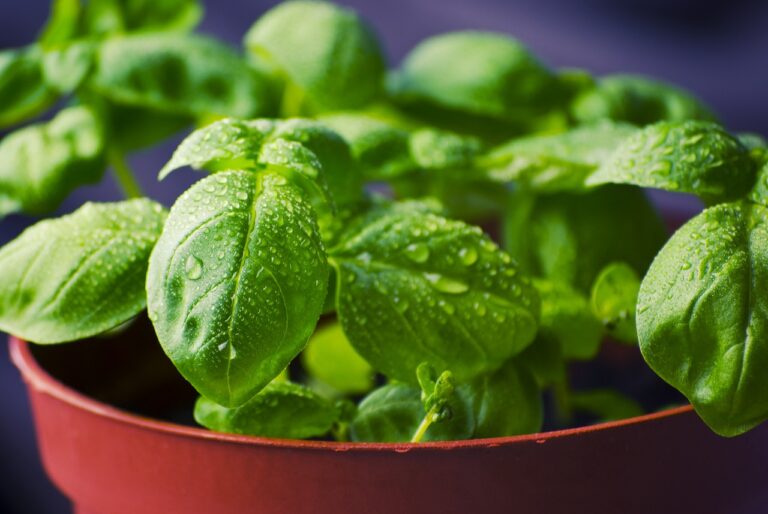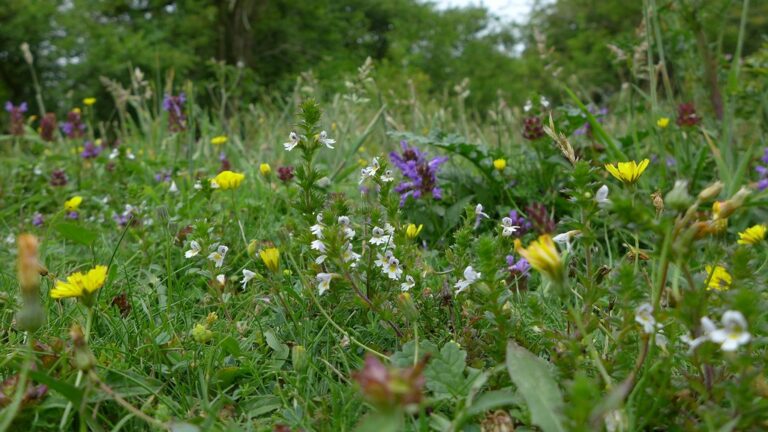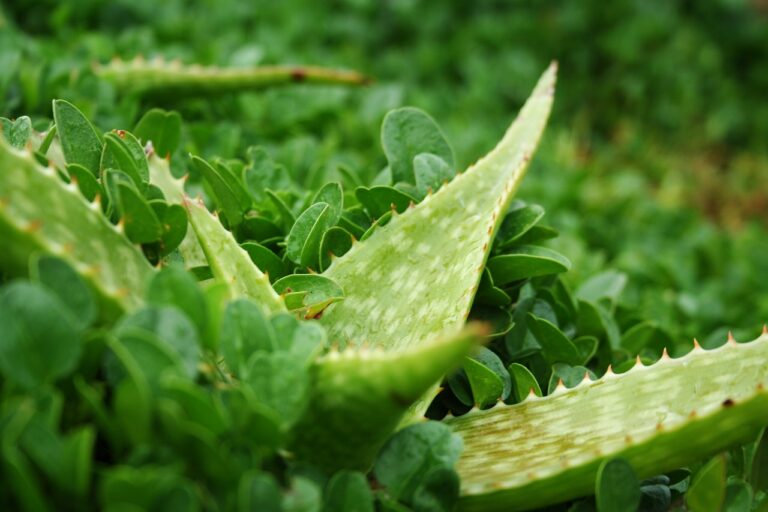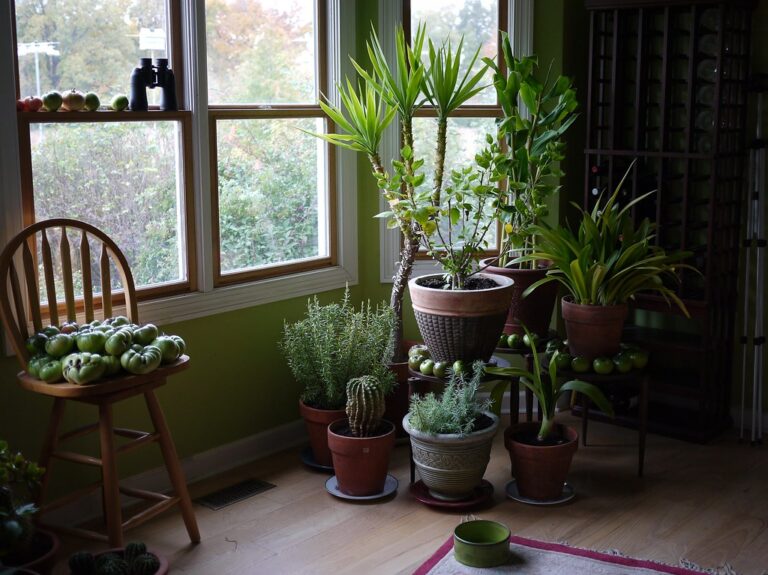Edible Plants
Exploring edible plants can improve your health and culinary experiences. They’re packed with nutrients, like vitamins and fiber, promoting overall well-being. Traditional diets have cherished these plants for centuries. They enhance dish flavor and nutritional value. Foraging introduces unique tastes and health benefits. Be cautious of toxic plants and local regulations when foraging. Recognizing safe plants is crucial to avoid risks. Sustainable harvesting practices support plant survival and biodiversity. Use all parts of plants for diverse flavors in your cooking. Embrace the world of edible plants for a healthier lifestyle and culinary adventure.
Benefits of Edible Plants
Edible plants offer a wealth of health benefits due to their rich content of vitamins, minerals, and dietary fiber, essential for promoting overall well-being and disease prevention. These plants, often found in the wild, have been part of traditional diets for centuries, providing essential nutrients for peak health. Incorporating a variety of edible plants into meals not only enriches the flavor and texture of dishes but also elevates their nutritional value.
Exploring the world of wild foods can introduce a diverse range of edible plants that have been used in traditional medicine and culinary practices. These plants bring a unique taste and nutritional profile to the table, adding depth to meals while offering a wide range of health benefits. From vibrant greens like dandelion leaves rich in vitamins A, C, and K to roots like burdock known for their detoxifying properties, edible plants can be both a flavorful and healthful addition to your diet.
Understanding the traditional uses of these plants can open up a world of culinary possibilities and health benefits. By incorporating edible plants into your diet, you can support digestion, improve gut health, and strengthen your immune system. Whether foraging for wild foods or incorporating them into everyday meals, edible plants can be a delicious and nutritious way to promote overall well-being.
Safety Guidelines for Foraging
When foraging for edible plants, it is vital to first learn how to identify toxic plants that may resemble the ones you seek. Understanding local regulations and obtaining necessary permissions are essential to guarantee legal and ethical foraging practices. Additionally, practicing proper harvesting techniques will help maintain the sustainability and integrity of natural habitats for future foraging endeavors.
Identify Toxic Plants
How can we effectively distinguish between toxic and edible plants while foraging to guarantee our safety and well-being? When identifying toxic plants, accurate identification is essential to avoid harmful consequences. Here are three key points to keep in mind:
- Learn Key Characteristics: Pay close attention to leaf shape, color, and growth patterns. Poisonous plants often have distinct features that set them apart from edible ones.
- Use Resources: Consult field guides, apps, or seek advice from experts to enrich your knowledge. These tools can provide valuable insights into differentiating between toxic and edible plants.
- Prioritize Safety: Conduct thorough research and training before foraging. Safety should always come first to minimize the risk of exposure to harmful substances.
Know Local Regulations
Before embarking on any foraging activities, it is vital to familiarize oneself with the local regulations and safety guidelines regarding the gathering of edible plants in the area. Checking local regulations guarantees compliance with laws and helps protect wild habitats. Some regions impose restrictions on foraging to prevent overharvesting and safeguard biodiversity. It’s important to be aware of endangered plant species in the area to avoid unintentional harm while foraging. Look for designated foraging areas or obtain permission from landowners before harvesting wild edible plants. Joining local foraging groups or workshops can provide valuable knowledge on best practices and connect you with experienced foragers in the area. Being informed about these local regulations and guidelines is crucial to responsible foraging and preserving the natural environment.
Practice Proper Harvesting
To guarantee a safe and successful foraging experience for edible plants, it is essential to prioritize proper harvesting techniques that prioritize both personal safety and environmental sustainability. When harvesting red berries, white flowers, or common weeds, follow these essential guidelines:
- Wear appropriate clothing and gear to protect yourself from potential hazards.
- Always positively identify the plant using reliable sources to avoid toxic lookalikes.
- Practice sustainable harvesting by taking only what you need and leaving enough for plant regeneration and wildlife.
Common Edible Plant Misconceptions
Misunderstandings about common edible plants often arise from the confusion between safe varieties and their toxic lookalikes. One of the most important risks in foraging for wild edibles is mistaking a toxic plant for a safe one. This error can have serious consequences, ranging from mild discomfort to life-threatening poisoning.
Proper identification is key when foraging for edible plants. Familiarizing oneself with the characteristics of both the edible plant and its toxic lookalikes is crucial. Many plants have similarities in appearance, which can lead to confusion, especially for beginners. Taking the time to research, study, and learn about the edible plants in your region can prevent dangerous errors.
Education plays a significant role in dispelling misunderstandings surrounding edible plants. By increasing awareness about the potential risks of misidentification, individuals can better understand the importance of proper foraging practices. Knowing which plants are safe to eat and which to avoid is essential for anyone interested in wild foraging.
Nutritional Value of Wild Foods
I’ll start by highlighting the health benefits of foraging for wild foods, which provide a diverse range of essential nutrients. Wild foods have a remarkable vitamin content that often exceeds cultivated crops, offering a nutrient-rich alternative for a balanced diet. Exploring the nutritional value of these edible plants can lead to a deeper appreciation for the abundance of health benefits they provide.
Health Benefits of Foraging
Exploring the nutritional value of foraged wild foods reveals a wealth of vitamins, minerals, and antioxidants that surpass those found in conventional produce. Foraging not only provides a connection to nature but also improves health through the following ways:
- Rich in Essential Nutrients: Foraged foods like ramps and stinging nettles are packed with vitamins, minerals, and antioxidants, offering superior nutrition.
- Promotes Digestive Health: Wild garlic and lambs quarters are high in dietary fiber, aiding digestion and supporting gut health.
- Low-Calorie Nutrient Powerhouses: Plants such as purslane and dandelions are low in calories but rich in essential nutrients like omega-3 fatty acids, contributing to a balanced diet.
Incorporating these wild edibles into meals can enhance nutritional intake and overall well-being.
Wild Foods Vitamins Content
Wild edible plants provide a wide range of vitamins that are essential for sustaining overall health and well-being. For instance, wild garlic and ramps are commonly used for their high levels of vitamin K, vital for blood clotting and bone health. Additionally, stinging nettle is a powerhouse of vitamins and minerals like vitamin A, calcium, and iron, which support immune function and bone strength. Wild strawberries are rich in vitamin C, aiding in boosting the immune system and promoting skin health. Dandelions are another valuable wild food, offering a good source of vitamin B6, important for brain function and metabolism. Including these wild foods in your diet can help regulate blood sugar levels, relieve pain, and improve overall health.
Nutrient-Rich Edible Plants
Nutrient-rich edible plants found in the wild offer a wealth of vitamins, minerals, and dietary fiber, contributing remarkably to overall health and well-being. When foraging for wild foods, consider these essential points:
- Red: Look for vibrant red berries like elderberries, which are not only visually appealing but also packed with antioxidants and vitamin C.
- Asian Cuisines: Investigate the world of wild edibles in Asian cuisines by sampling ingredients like wild garlic and ramps, commonly used in Asian dishes for their unique flavors and nutritional benefits.
- United States: In the United States, wild plants such as purslane and lambs quarters grow abundantly and are rich sources of essential nutrients like omega-3 fatty acids and iron, adding diversity to your diet.
Sustainable Foraging Practices
When foraging for wild edible plants, it is important to adopt sustainable practices that prioritize the long-term health and viability of plant populations in their natural ecosystems. Sustainable foraging practices aim to maintain biodiversity by harvesting in a way that guarantees the survival of plant species. This involves only collecting what is necessary, showing respect for plant populations, and avoiding overharvesting. By following ethical foraging practices, we can contribute to the well-being of plant species, the environment, and future generations of foragers.
To sustain wild edible plant populations, it is vital to employ mindful harvesting techniques. Selective picking, where only mature plants are harvested, allows younger plants to continue growing and reproducing. Leaving behind enough plants to ensure their ability to regenerate is also critical in maintaining the ecological balance. These practices help to preserve the natural habitats of wild edible plants, ensuring their availability for years to come.
Cooking Tips for Edible Plants
Shifting from sustainable foraging practices, an important aspect of enjoying wild edible plants is knowing how to cook them to heighten their flavors and nutritional benefits. When cooking with edible plants, it’s essential to make the most of each part to create diverse and flavorful dishes:
- Utilize all parts: Incorporate various parts of the edible plants like leaves, flowers, seed pods, and bulbs to add different textures and flavors to your meals. For example, wild garlic can enrich the taste of salads, soups, or stir-fries when using both its leaves and bulbs.
- Investigate new options: Experiment with nutritious weeds like purslane, which can be enjoyed raw in salads or cooked in dishes to benefit from its high omega-3 fatty acids and vitamins. Its versatility allows for creative additions to sandwiches, omelets, or even smoothies.
- Welcome unique flavors: Welcome the pungent-sweet taste of ramps in your cooking by incorporating them into kimchi, pesto, or sriracha for a distinctive flavor profile. These wild leeks offer a bold twist to traditional recipes and can heighten the overall dining experience.
Understanding how to cook with edible plants not only broadens culinary horizons but also promotes a healthier lifestyle by incorporating nutrient-rich ingredients into everyday meals.






